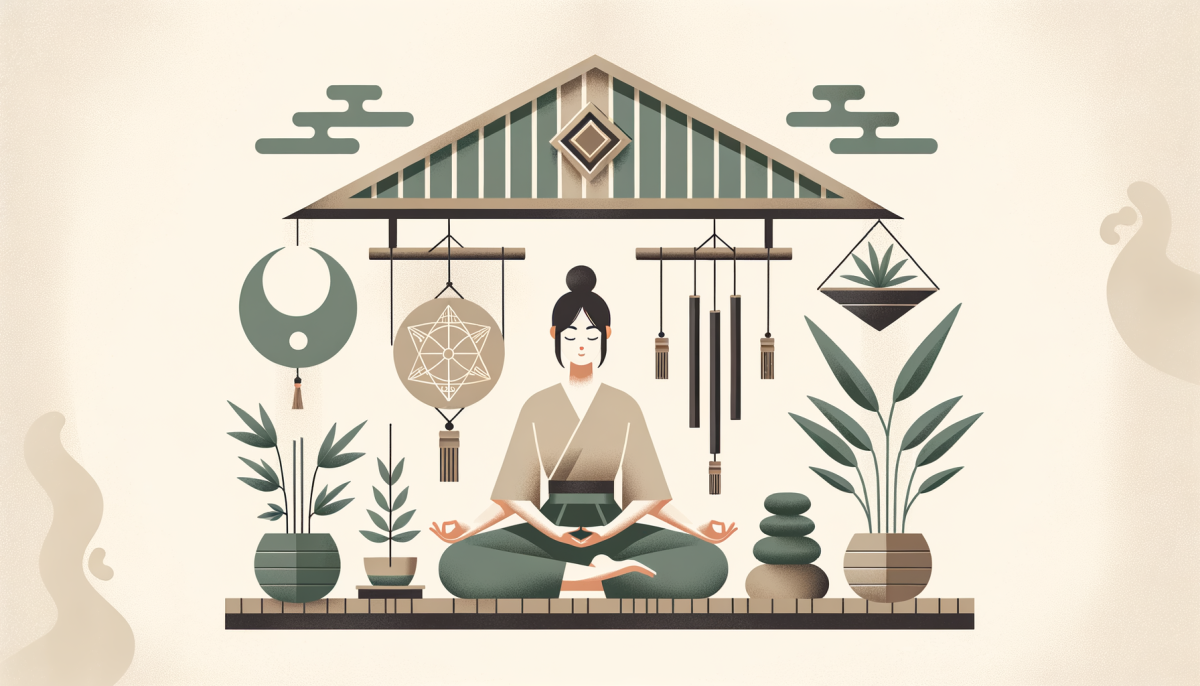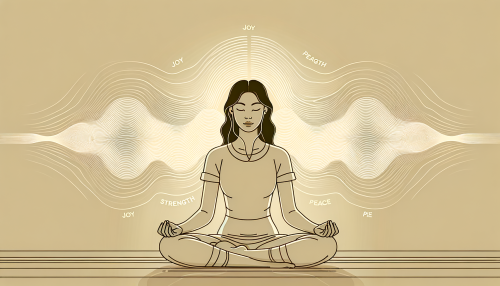Introduction
In the vast cosmos of life, energy is a constant, a force that permeates every aspect of our existence. It is this energy that Feng Shui, an ancient Chinese practice, seeks to harness and balance, creating an environment that is harmonious and conducive to positivity. This article delves into the profound power of Feng Shui, exploring its principles, techniques, and the ways it can be used to foster positive energy.
Understanding Feng Shui

Feng Shui, when translated, means “wind” and “water,” two elements that, in Chinese culture, symbolize the flow of life. It is a practice that has been honed over thousands of years, a testament to the wisdom of ancient civilizations. At its core, Feng Shui is about understanding the energy (known as ‘Chi’) that exists within and around us, and how it interacts with the environment.
The principles of Feng Shui are rooted in the belief that the universe is a complex web of interconnected energies. These energies, both visible and invisible, influence our lives in profound ways. By understanding these energies and their interactions, we can create spaces that are harmonious and balanced, fostering positivity and well-being.
Feng Shui is not merely about arranging furniture or decorating a room. It is a holistic approach that considers the energy flow within a space, the balance of the five elements (wood, fire, earth, metal, and water), and the interplay of Yin and Yang. It is about creating an environment that nurtures and supports, an environment that is in harmony with the natural world.
Implementing Positive Energy
The implementation of positive energy through Feng Shui is a process that requires mindfulness and intention. It begins with understanding the energy of a space and how it can be harnessed to create a positive environment. This involves assessing the flow of Chi, identifying areas of stagnation or imbalance, and implementing changes to enhance the energy flow.
One of the key aspects of implementing positive energy is decluttering. Clutter disrupts the flow of Chi, creating stagnation and negativity. By decluttering, we create space for new energy to flow, fostering positivity and harmony. This is not just about physical clutter, but also emotional and mental clutter, which can be just as disruptive to our energy.
Another important aspect is the placement of objects and furniture. In Feng Shui, the placement of objects can either enhance or disrupt the flow of Chi. By placing objects in a way that encourages the flow of energy, we can create a space that is vibrant and positive.
Feng Shui Techniques
There are numerous techniques in Feng Shui that can be used to enhance positive energy. One such technique is the Bagua, a tool used to map the energy of a space. The Bagua divides a space into nine areas, each representing a different aspect of life, such as wealth, health, and relationships. By understanding the Bagua, we can make changes to enhance the energy in these areas.
Another technique is the use of colors. In Feng Shui, different colors represent different elements and can be used to balance the energy of a space. For example, green represents the wood element and can be used to foster growth and creativity.
Feng Shui also uses symbols and objects to enhance positive energy. These can range from plants and water features to mirrors and wind chimes. Each object has a specific energy and can be used to enhance the Chi in a space.
Conclusion
In conclusion, Feng Shui is a powerful tool for harnessing and balancing energy, creating spaces that are harmonious and positive. By understanding the principles of Feng Shui and implementing its techniques, we can create an environment that nurtures and supports, fostering positivity and well-being. Whether it’s through decluttering, the placement of objects, or the use of colors and symbols, Feng Shui offers a myriad of ways to enhance the energy of a space. It is a testament to the wisdom of ancient civilizations, a practice that continues to resonate in our modern world.





